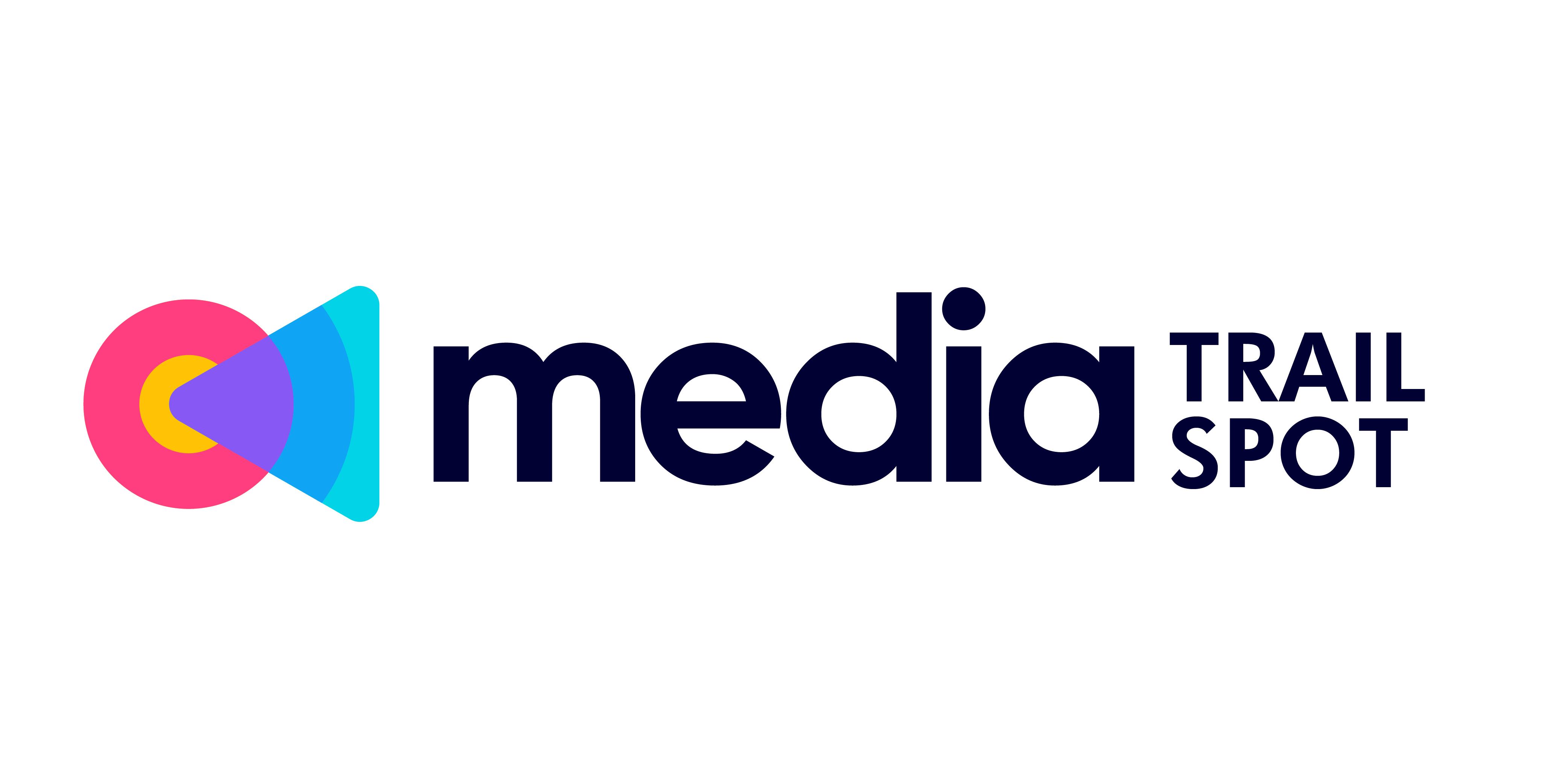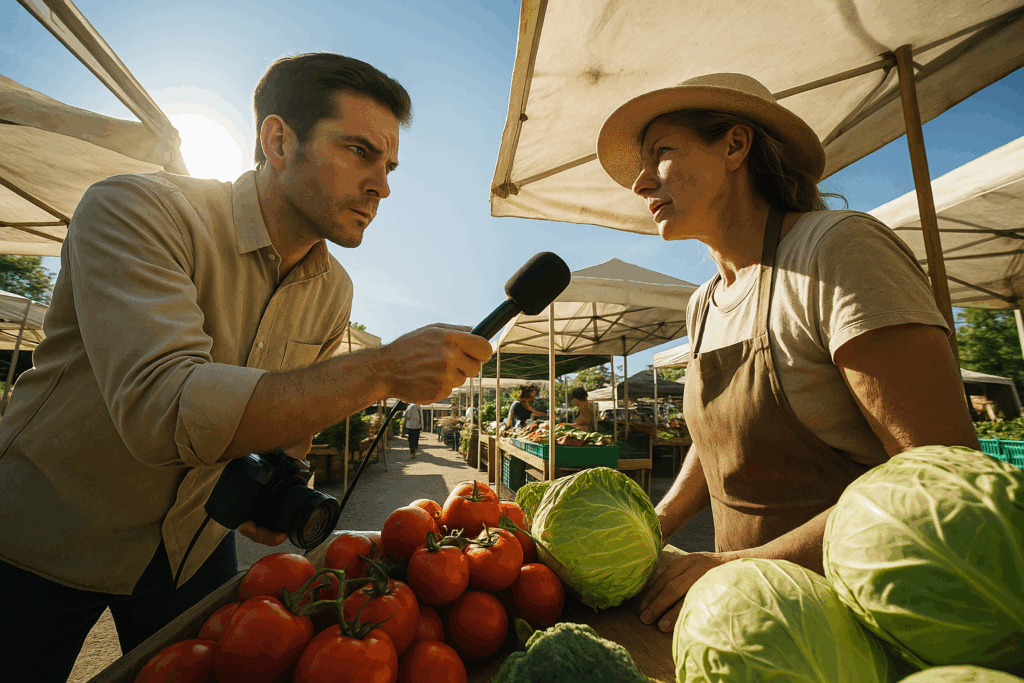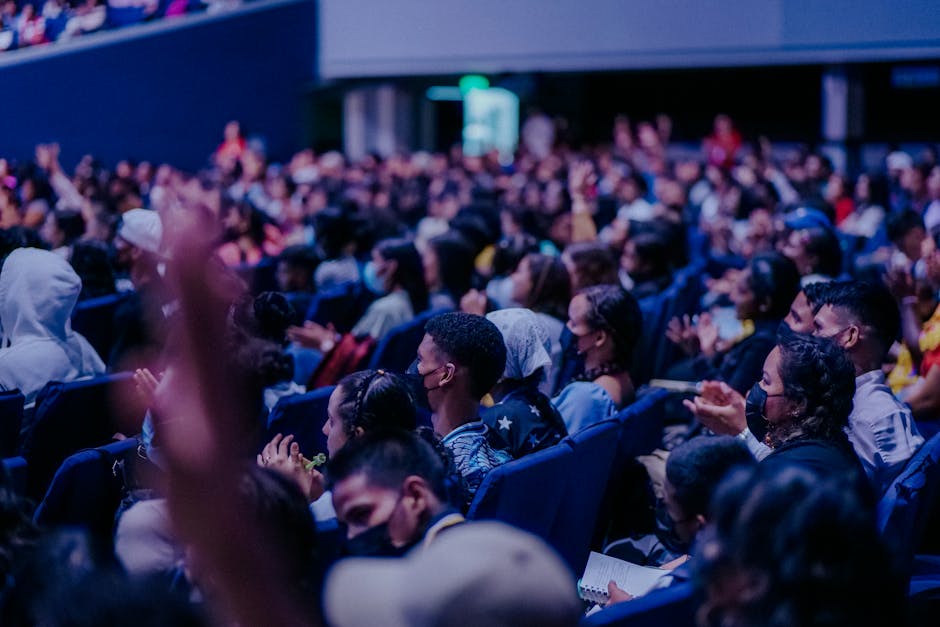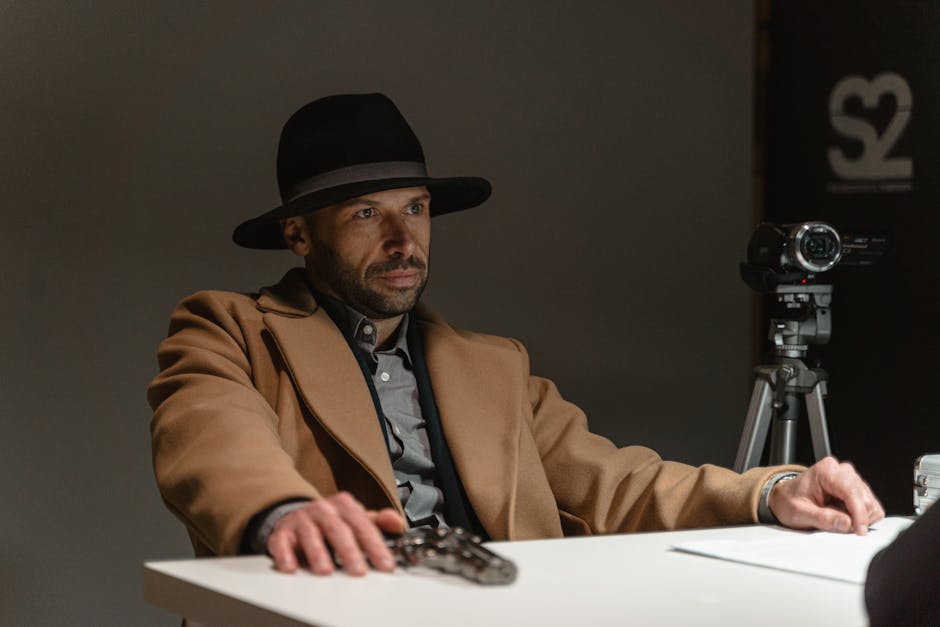Introduction: Why Documentaries Still Hit Hard
In an age when everything feels disposable—scroll, swipe, forget—documentaries still manage to slow people down. That’s no small feat. They cut through noise, not with hype, but with purpose. When done right, a documentary can sit with you for days, even years, shaping how you see an issue, a place, a person.
What separates a truly great documentary from average coverage isn’t just polish or budget. It’s clarity. A focused story voice. Access that feels earned, not staged. And above all, a commitment to digging deeper than what the headline offers. Great documentaries don’t just inform—they connect. They trust the audience to follow nuance, not just sound bites.
That power matters now more than ever. With digital platforms drowning in fast content, the slow-burn honesty of documentary film stands apart. People are tired of being pitched to. They want to feel something real. That’s why documentaries aren’t going anywhere—they’re evolving, and their relevance is only growing.
The Evolution of Documentary Storytelling
Documentaries used to get by on shaky cams and raw access. Point, shoot, keep rolling. The story told itself, or at least that was the idea. But things have shifted. Now, audiences expect more than rough cuts and handheld footage—they want something that holds up next to their favorite prestige drama.
Enter cinematic storytelling. Documentaries today lean on sharp visuals, moody scores, and production plans that look more like feature films than field reports. This isn’t just aesthetic—it’s strategic. With platforms like Netflix, Hulu, and Max making docs a staple of prime time, creators are under pressure to deliver polish without losing authenticity.
Then there’s the rise of hybrid formats. Docudramas blend fact with performance to stitch together history that feels alive. Reenactments give foggy timelines some teeth. Real-time archives—think livestreamed investigations or on-the-ground footage spliced with studio commentary—blur the line between documentary and journalism. The result is a new language for nonfiction, and the creators who speak it fluently are leading the pack.
Themes That Stick
The documentaries hitting hardest right now aren’t glossy profiles or sweeping panoramas—they’re built from the ground up, where voices once overlooked are now taking center stage. Untold histories, especially those rooted in marginalized communities, are setting a new benchmark. These aren’t footnotes anymore. They’re the main story. Films zeroing in on Indigenous resistance, queer movements in conservative regions, or immigrant survival narratives are finding wide audiences tired of sanitized headlines.
From 2023 into 2024, the themes getting traction are sharp and timely: climate justice, local conflicts with global echoes, and identity in a fractured world. Viewers aren’t just watching—they’re connecting their lives to what’s on screen. Storytellers digging into how climate volatility affects a single fishing village or how racial profiling shapes one teenager’s daily commute are crafting content that cuts through. These are small stories, but they carry weight.
In many of these films, personal experience is the lens—and that’s the power. The documentary format allows a singular point of view to stretch into something bigger, reflecting systemic issues back to us in a way scrolling can’t. That’s what moves people. It’s why these themes stick. The most resonant stories don’t try to explain everything—they let us glimpse one person’s world and see our own more clearly.
Behind the Lens: What Makes a Story Resonate
Good documentaries don’t shout—they let the story breathe. Authenticity sits at the center of everything. Raw footage, imperfect lighting, stumbles in the dialogue—these aren’t flaws anymore. They’re features. Audiences are tired of overproduced gloss. They want to feel the real weight of a moment, unfiltered and unforced.
That rawness has to be balanced with substance. A strong story doesn’t rely solely on shock value or slick editing. It digs. Investigative depth—whether it’s months of research or getting access no one else had—builds trust. But emotional punch matters just as much. You’re not just delivering facts. You want the viewer to feel something, not just know something. The best documentaries hit both marks: they reveal, and they resonate.
Then there’s the craft behind the story. Pacing is quiet power. Too slow and you lose them. Too fast and you skip over what matters. A modern documentary keeps its finger on the emotional pulse, shifting tone when needed and knowing when to pause. Structure supports it all—linear when it helps, fragmented when it mirrors the chaos of the subject. The goal: make sure form follows feeling. When it does, people don’t just watch—they remember.
Distribution Has Changed Everything
In the past, getting a documentary seen meant a long road through film festivals, pitch meetings, and distributor doors. Today, that gatekeeping has radically shifted. Distribution now moves at the speed of the internet, and creators have more power—and more choices—than ever before.
From Festivals to Instant Global Premiere
- Then: Filmmakers relied heavily on festivals like Sundance and Tribeca for exposure and distribution deals.
- Now: Platforms like YouTube and Netflix allow creators to bypass traditional pipelines and release content directly to global audiences.
- Result: A once months-long process can now happen overnight—introducing new voices without waiting for industry gatekeepers.
The Platform Breakdown: Who’s Leading the Way
Some platforms have gone beyond distribution and are shaping what kind of documentaries get made in the first place:
- YouTube: Still the most accessible platform for emerging creators. Crowdsourced feedback and viral potential make it a launchpad for grassroots stories.
- Netflix: The go-to for prestige documentary storytelling with a budget. Its data-informed production model helps amplify high-impact content.
- HBO Max: Known for emotionally powerful and politically sharp documentaries. Often pushes the boundaries of visual and narrative style.
Viewers Are Now Part of the Process
Modern distribution includes the audience in ways that go beyond viewership:
- Real-time feedback loops: Through comments, social shares, and community posts, audiences can influence the reach—and sometimes future direction—of a documentary.
- Interactive engagement: Live chats during premieres, Q&A sessions with filmmakers, and crowdfunding tie-ins give viewers a sense of ownership.
- Community building: Viral clips and discussion threads often turn one-time viewers into long-term advocates for the film’s subject or messaging.
The takeaway? Smart distribution isn’t an afterthought—it’s part of the storytelling architecture itself. The platforms that empower creators while drawing in communities are the ones shaping the future of documentary media.
Crossovers and Collaborations
The line between big-name celebrity and on-the-ground storyteller is blurring—finally. Documentaries in 2024 are leaning into a blend of polished narration and raw, grassroots grit. Think Oscar winners lending their voice to a project shot on a shoestring budget in a small town. It’s not just about adding star power—it’s about reach, credibility, and drawing attention to voices that might otherwise get drowned out.
Journalists are also stepping out of traditional newsroom formats, teaming up with indie filmmakers to co-create work that hits harder. The results: deep dives with narrative flair, investigative grit with emotional pull. The partnerships are built on mutual respect—reporting chops meet cinematographic style.
This hybrid energy is pushing the edges of what documentary storytelling can be. For a look at how other formats are breaking the mold too, check out Variety Shows Bringing Innovation to TV Screens.
Impact Beyond the Screen
Documentaries aren’t just stories that sit quietly on a screen—they’re matchsticks. Some light up debate, others ignite full-blown movements. Think of the surge in ocean cleanup efforts after people watched sea life choking on plastic, or the renewed attention to wrongful convictions following exposés on flawed justice systems. These films are sparking real, measurable social change.
Campaigns tied to documentaries are getting smarter. Filmmakers are partnering with nonprofits before release, baking in pathways for action—from QR codes in credits to integrated donation platforms. Petitions are getting hundreds of thousands of signatures during end credits. Communities rally, policies shift. The camera rolls, and policy sometimes follows.
Viewers are no longer on the sidelines. They’re becoming participants: signing, showing up, funding, and in some cases, filming their own stories. Documentaries in 2024 are proving that the line between storyteller and changemaker is thinner than ever.
Closing Thoughts: The Medium Holds Power
In a world oversaturated with noise, documentaries give viewers something rare—focus. They cut through distraction by offering intentional, lasting narratives. In 2024, this matters more than ever. People aren’t just scrolling anymore; they’re searching. For context. For truth. For meaning. And when a documentary delivers that, it sticks.
We’re moving from passive consumption to active storytelling. Docs aren’t just observed—they’re discussed, shared, and acted upon. Great documentaries don’t just inform; they light fires. A well-told story can shift public opinion, rally communities, or even change policy. That makes the filmmaker’s role more than creative—it’s civic.
Now’s the moment for creators to choose boldness over polish. To go deeper instead of louder. The audience is ready. Hungry, even. They don’t need perfection. They need honesty. And if you’re holding a camera, a voice, a story—lean in. The world’s already scrolling. Give them a reason to stop.


 Victorious Chapmanserly contributes as a tech writer at mediatrailspot focusing on cloud computing, digital transformation, and innovative software solutions. His articles highlight practical applications of technology in business and daily life.
Victorious Chapmanserly contributes as a tech writer at mediatrailspot focusing on cloud computing, digital transformation, and innovative software solutions. His articles highlight practical applications of technology in business and daily life.

